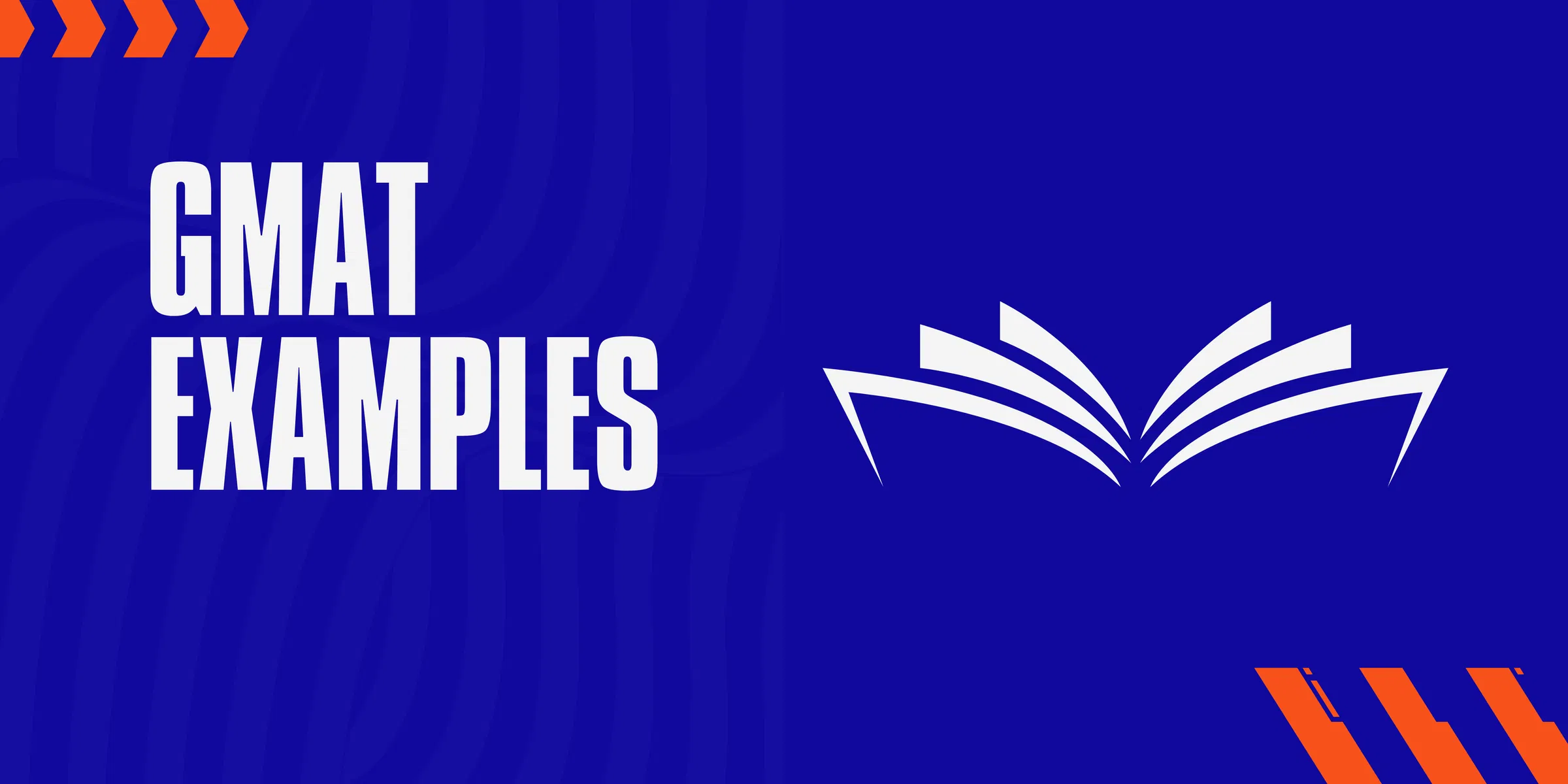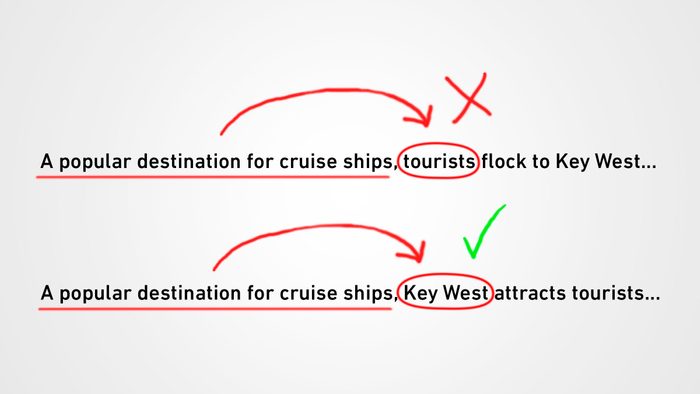GMAT sentence correction accounts for ~40% of GMAT Exam Verbal Section questions. So, expect anywhere between 12-14 questions pertaining to sentence correction. From what I have explored till now, this has become a real challenge. GMAT Modifiers blog deals with understanding modifiers in detail along the lines of where and how to use them. This will help in identifying modifier-related errors quickly.
Modifiers Definition
Modifiers provide additional information to other entities in the sentence. A modifier in this context can be a word, clause or phrase. e.g. Rahul, who recovered from covid, visited his mother in Delhi. So, ‘who recovered from covid’ is the modifier here.
Like the pronoun, the modifier must exist in pairs with the modified entity. This means the rules of the logical relationship between a modifier and a modified entity are necessary. A modifier needs a specific modified entity. And the relationship should not be ambiguous. This is one of the most significant errors possible.
Modifier Types
There are broadly three types of modifiers. They modify the nouns, verbs and both nouns and verbs. GMAT modifiers questions require proper usage of the below concept.
- Prepositional Phrases: Start with prepositions and end with nouns. These can modify either the nouns or the verbs.
- Prepositional phrases start with prepositions such as in, order to, including, of etc.
- Ed-verbal modifier: This modifier is an -ed verbal and not a verb. e.g., The abandoned car was confiscated. Here, the essential meaning is the vehicle was confiscated. ‘Abandoned’ is the ed-verbal modifier in this case.
- The modified entity should be close to the ed-verbal modifier.
- The modified entity should logically make sense with the ed-verbal modifier.
- Ing-verbal modifier: The modifier follows the modified entity and modifies it immediately. So, the noun entity needs to be close to the modifier. The second case is when the ing-verbal is right after the comma.
- e.g. Rahul visited the manufacturing plant.
- e.g. Rahul visited the manufacturing plan, looking to oversee the operations. Here, looking to oversee the functions is an ing-verbal. It modifies the verb visited and not the noun manufacturing plant.
- Flexible modifier: On the other hand, this modifier refers to a specific entity in the main clause. It refers to this entity by calling a specific aspect of the entity and providing additional information about it.
- e.g. Rahul visited Delhi, a city built by the Mughals. ‘A city built by the Mughals’ can only modify the entity Delhi since it’s the only city mentioned in the statement.
- This modifier differs from ing-verbal in that we use the term ‘ a city’ etc., to refer to the specific entity. The ing-verbal with a comma would have referred to the verb visited.
Common GMAT Modifiers Errors
There are some possible errors with the modifier usage. There could be a mismatch in the pairing. The referencing could be wrong. The pairs might not agree on logic. GMAT modifiers usage needs to be careful with:
- Prepositional phrases can modify both nouns and verbs. They start with on, of, in etc.
- The verb being modified can be away from the verb modifier. Ing-verbals can modify verbs when preceded by a comma. So check for errors modifying the wrong noun and replace it with a verb modifier with a comma.
- Ed-verbals modify nouns and not verbs. If the wrong noun is being changed, consider using prepositional phrases to modify the verbs. Even a flexible modifier is an option.

